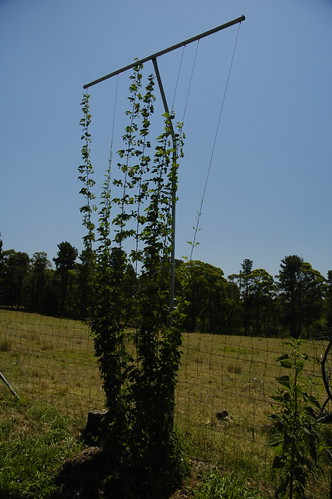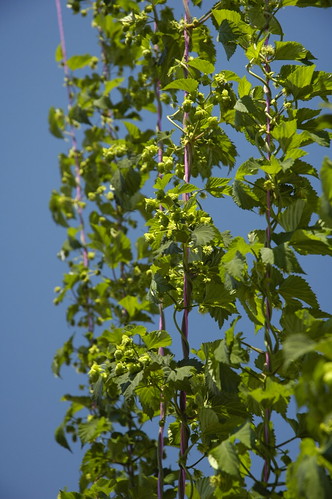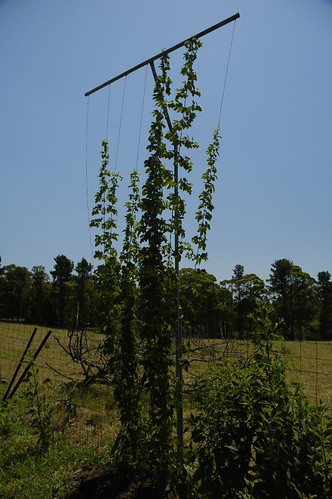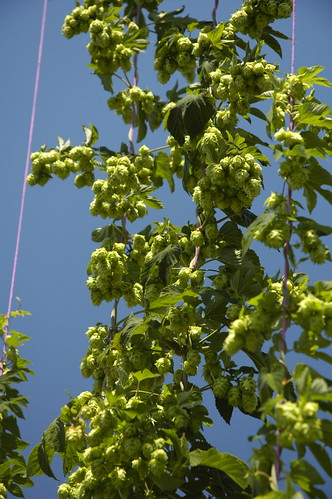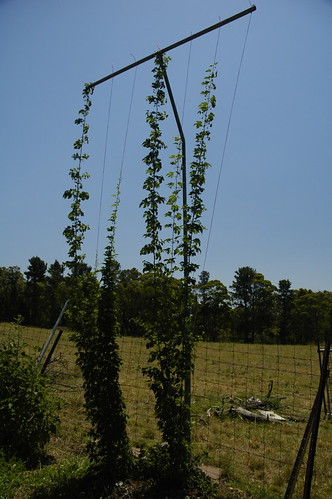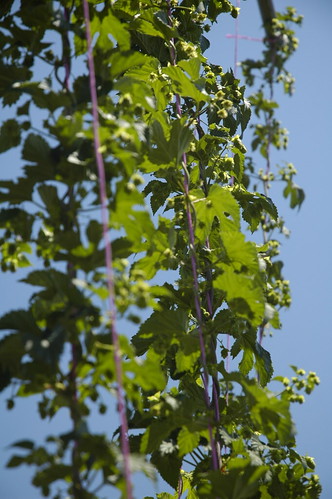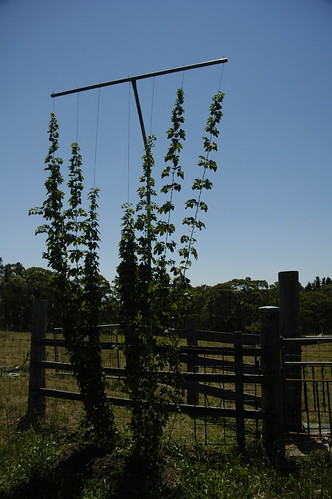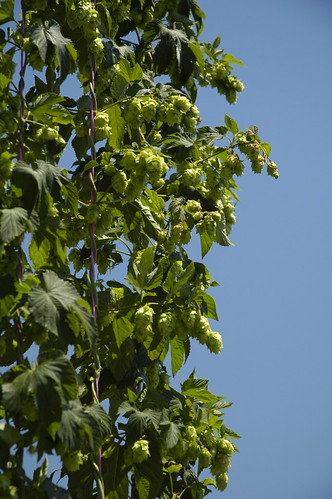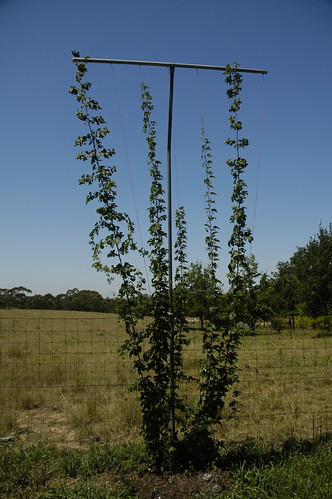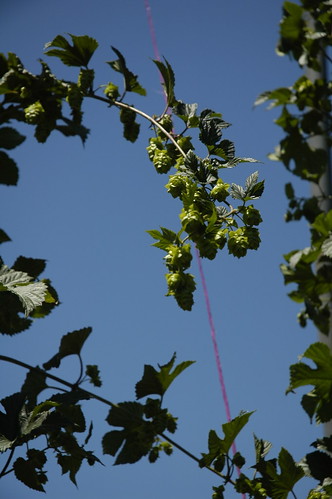You might have to cut it back to a large central stem and remove the little stuff.
What use are grapes?
Hops are way better.
I think find a variety that will grow really well in your area (read: yield really well) and it will be fantastic.
What use are grapes?
Hops are way better.
I think find a variety that will grow really well in your area (read: yield really well) and it will be fantastic.











